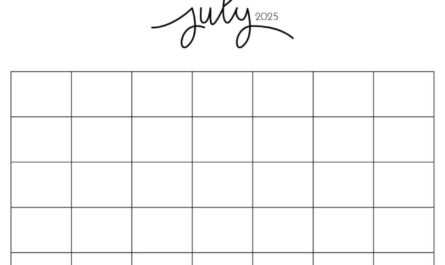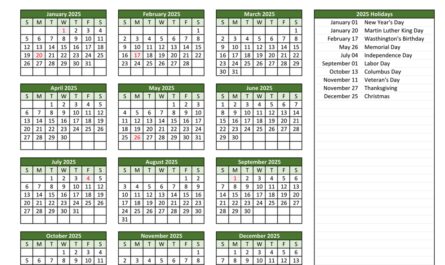The visual presentation of cultural and historical calendars dramatically impacts their effectiveness and appeal. A beautifully designed calendar inspires daily engagement, while poor design diminishes functionality and aesthetic appeal. This comprehensive guide explores the best design approaches for cultural and historical calendars, showcases exemplary design elements, provides printable template resources, and offers strategies for selecting or creating calendars that combine stunning visuals with practical functionality throughout 2026.
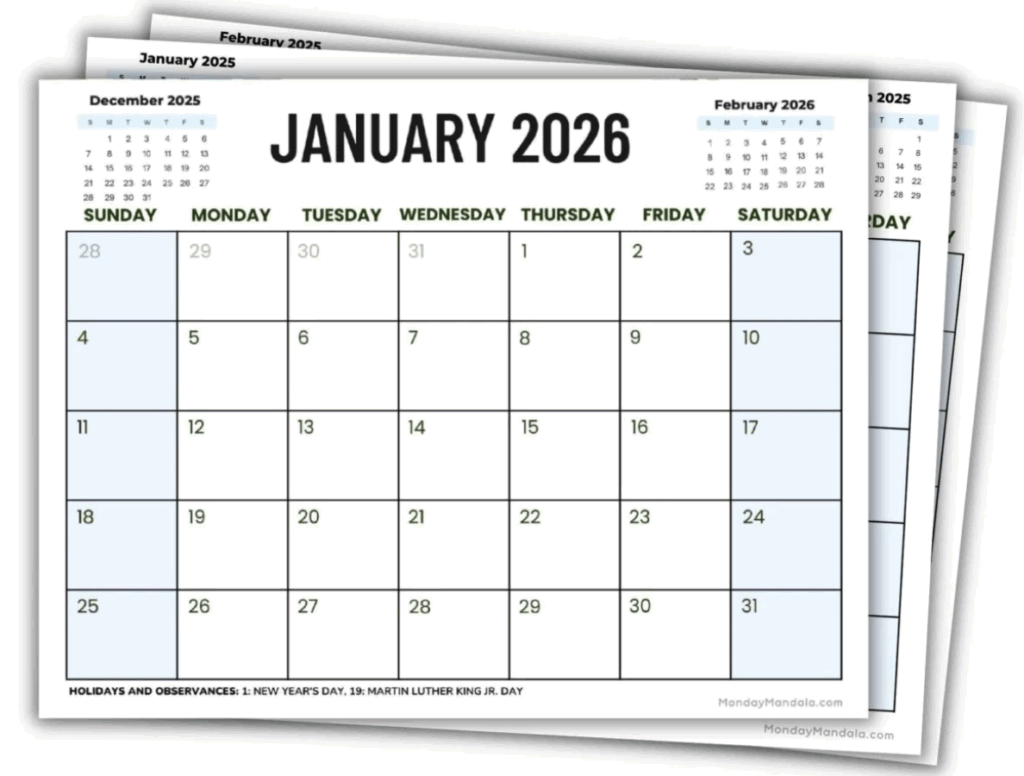
Elements of Effective Cultural Calendar Design
Visual Hierarchy and Information Organization
Effective calendar design guides viewers’ eyes toward most important information:
- Date prominence: Dates must be immediately visible and readable without scanning multiple elements
- Event hierarchy: Major observances should visually stand out from minor dates; color, size, and spacing differentiate importance
- Information density: Balance providing adequate information without overwhelming viewers; whitespace becomes essential design element
- Scanability: Viewers should understand calendar at a glance—color-coding, symbols, and consistent layout enable rapid comprehension
- Navigation support: Clear month/week indicators, legends, and organizational cues help viewers locate needed information quickly
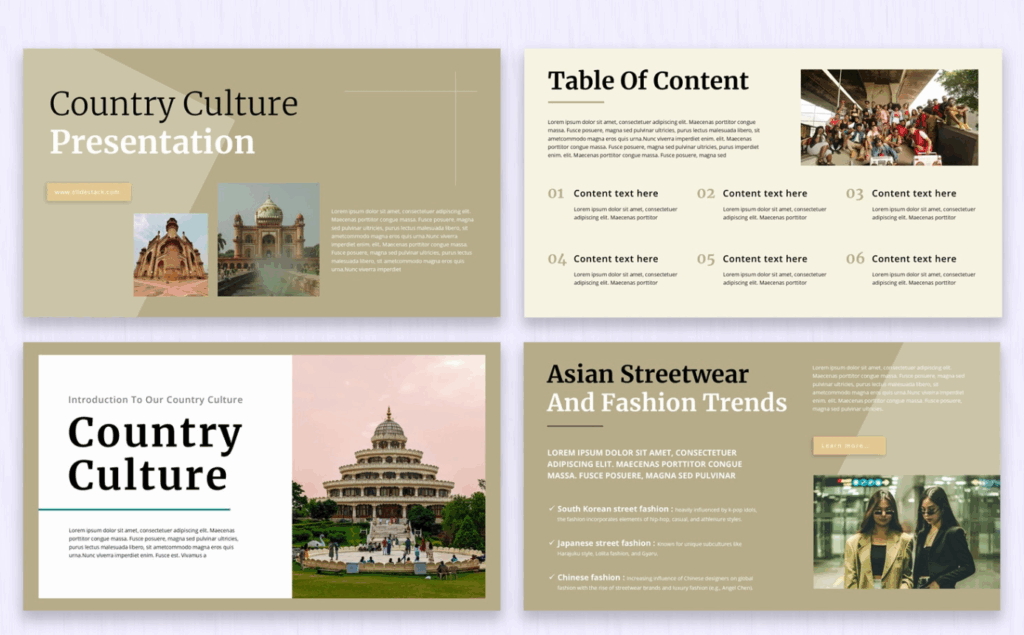
Cultural Authenticity and Artistic Integrity
Designs should respectfully honor cultural traditions they represent:
- Appropriate imagery: Select images and artwork genuinely representing cultures, not stereotypical or touristic representations
- Authentic patterns and motifs: Incorporate traditional patterns, symbols, and artistic elements directly from cultural sources
- Artist credit: Acknowledge and credit artists and cultural sources enabling calendar design
- Cultural consultation: When possible, involve community members from represented cultures in design decisions
- Respectful interpretation: Approach cultural elements with reverence and accuracy rather than casual ornamentation
Color Psychology and Cultural Meaning
Colors carry cultural significance—thoughtful selection enhances meaning:
- Cultural color symbolism: Red signifies luck and prosperity in Chinese culture; saffron represents Indian heritage; green holds Islamic significance; black acknowledges African heritage
- Contrast and readability: High contrast between text and background ensures accessibility; avoid color combinations causing readability strain
- Emotional response: Colors evoke emotional responses—warm colors (red, orange) create energy; cool colors (blue, green) feel calm; neutral colors provide stability
- Accessibility: Consider color-blind viewers; don’t rely solely on color distinction; incorporate patterns, symbols, or text labels
- Consistency: Maintain color-coding consistently throughout calendar—same colors always represent same types of observances
Typography and Readability
Font choices impact both aesthetics and functionality:
- Font hierarchy: Use varying sizes creating visual organization—dates largest (36-48pt), event names medium (14-18pt), descriptions smallest (10-12pt)
- Legibility: Select clear, readable fonts; sans-serif fonts (Arial, Helvetica, Verdana) typically print more clearly than ornate or serif fonts
- Cultural appropriateness: Consider incorporating scripts reflecting cultural origins when culturally appropriate (Arabic script for Islamic calendars, Chinese characters for lunar new year)
- Contrast: Ensure sufficient contrast between text color and background; dark text on light background or vice versa
- Limit variety: Use maximum 2-3 fonts preventing visual chaos; consistency creates professional appearance
Layout and Format Options
Different layout approaches serve different purposes:
- Monthly grid: Traditional calendar grid; one month per page; suits detailed daily note-taking
- Full-year wall display: All twelve months visible simultaneously; suits strategic overview and year-long planning
- Vertical orientation: Portrait layout; practical for desk display; provides more vertical space per day
- Horizontal orientation: Landscape layout; better for wall display; enables larger date presentation
- Narrative format: Chronological listing of observances with descriptions; suits educational or reference use
- Thematic sections: Organizing observances by culture or type rather than calendar date; enables themed exploration
Design Styles for Cultural Calendars
Minimalist Modern Design
Clean, contemporary aesthetic emphasizing clarity over decoration:
- Characteristics: Simple color palette (2-3 colors), ample whitespace, sans-serif typography, geometric simplicity
- Benefits: Maximum readability, professional appearance, works well with varied cultural elements, prints economically (minimal ink)
- Best for: Professional offices, educational settings, minimalist décor
- Cultural elements: Subtle incorporation of cultural symbols or colors rather than elaborate decoration
Traditional and Artistic Design
Rich, decorative aesthetic incorporating cultural artistic traditions:
- Characteristics: Complex patterns, traditional artwork, ornamental elements, rich color palettes reflecting cultural aesthetics
- Benefits: Celebrates cultural artistry, creates visual richness, honors traditional design approaches
- Best for: Home display, cultural celebration contexts, artistic enthusiasts
- Considerations: Maintain readability despite ornamental elements; balance decoration with calendar functionality
Educational and Informative Design
Text-rich designs prioritizing educational content:
- Characteristics: Detailed event descriptions, historical context, cultural significance explanations, biographical information
- Benefits: Serves learning purposes, provides comprehensive reference material, reduces need for external resources
- Best for: Educational institutions, cultural organizations, research purposes
- Considerations: Balance information density with visual appeal; use typography hierarchy organizing varying text lengths
Photographic and Visual Rich Design
Image-heavy calendars emphasizing visual storytelling:
- Characteristics: Large photography or artwork for each month, minimal text, strong visual focus
- Benefits: Creates emotional connection, celebrates cultural visual heritage, functions as artwork
- Best for: Wall display, visual learners, decorative purposes
- Considerations: Ensure images reflect authentic cultural representation; maintain calendar legibility despite visual prominence
Playful and Contemporary Design
Modern, youthful aesthetic with contemporary visual language:
- Characteristics: Bright colors, playful typography, illustrated elements, contemporary cultural references
- Benefits: Appeals to younger audiences, creates engaging viewing experience, modernizes cultural content
- Best for: Youth-focused organizations, schools, contemporary cultural spaces
- Considerations: Maintain respect for cultural content despite playful presentation; ensure readability remains priority
Multi-Cultural Integrated Design
Calendars intentionally featuring diverse cultural traditions:
- Characteristics: Representation of multiple cultures and traditions, color-coded categorization, symbolic diversity
- Benefits: Celebrates plurality, demonstrates inclusion and respect, educates about global diversity
- Best for: Diverse organizations, international settings, inclusive institutions
- Considerations: Ensure equitable representation; avoid token inclusion; provide equal visual prominence to all traditions
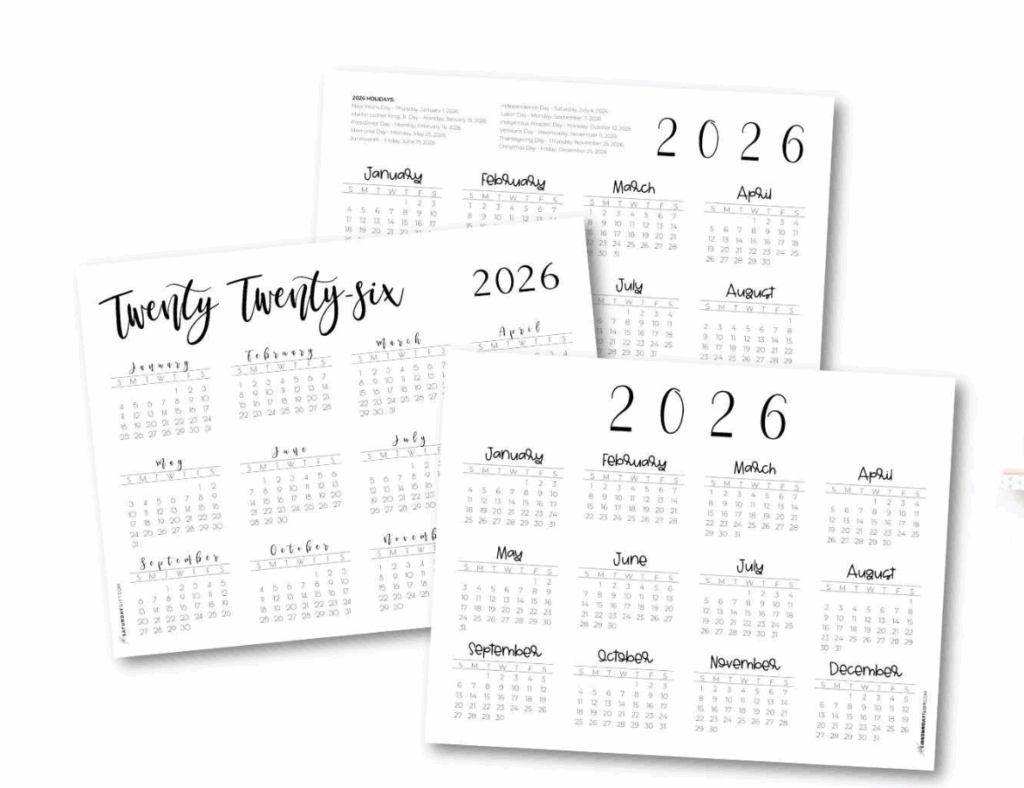
Top Cultural Calendar Design Examples for 2026
Example 1: Global Religious Observances Calendar
Design Approach: Minimalist modern with cultural symbols
Key Features:
- Monthly calendar grid with subtle background colors
- Small religious symbols (crescent moon for Islamic, Star of David for Jewish, Christian cross, Om for Hindu) indicating observance type
- Color-coding: blue for Christian observances, green for Islamic, gold for Jewish, orange for Hindu, purple for Buddhist
- Concise descriptions (2-3 lines) explaining significance
- Notes for lunar calendar dates: “Date may vary by lunar calendar—check locally”
Best For: Diverse workplaces, international schools, interfaith organizations
Example 2: African Heritage and History Calendar
Design Approach: Artistic traditional with contemporary integration
Key Features:
- Each month features authentic African artwork or photography
- Traditional patterns (kente cloth, tribal patterns) as design borders
- Dates and observances highlighted in African colors (red, gold, green, black)
- Featured historical figures’ photographs and brief biographies
- Links to museums or cultural resources for deeper learning
Best For: Educational institutions, cultural centers, Black History Month recognition
Example 3: Asian Heritage Multi-Traditional Calendar
Design Approach: Visually rich with multiple cultural representations
Key Features:
- Monthly artwork rotating through Asian artistic traditions (Chinese calligraphy, Japanese woodblock, Indian miniature painting, Thai manuscript)
- Multilingual text: English, Simplified Chinese, Japanese, Hindi
- Observances from Chinese, Japanese, Indian, Thai, Vietnamese, Korean, Filipino cultures
- Cultural symbols and motifs throughout (dragons for Chinese, cherry blossoms for Japanese, lotus for Indian)
Best For: Asian organizations, multicultural institutions, diverse communities
Example 4: Women’s History and Achievement Calendar
Design Approach: Photographic and biographical focus
Key Features:
- Large photograph of featured woman per month
- Full biography and achievements description
- Timeline of events in women’s rights movement
- Purple, white, and gold color scheme (historical suffrage movement colors)
- Contemporary and historical women represented equally
Best For: Women’s organizations, schools, empowerment initiatives
Example 5: LGBTQ+ Pride and History Calendar
Design Approach: Contemporary and celebratory
Key Features:
- Rainbow color integration throughout design
- Pride month (June) featured prominently with expanded content
- Historical milestones (Stonewall anniversary, marriage equality dates, activist birthdays)
- Contemporary celebration dates and events
- Notable LGBTQ+ figures’ contributions highlighted
Best For: LGBTQ+ organizations, progressive institutions, diversity initiatives
Example 6: Environmental and Seasonal Calendar
Design Approach: Natural imagery with ecological focus
Key Features:
- Seasonal photography (spring flowers, summer landscapes, autumn leaves, winter scenery)
- Environmental awareness dates and observances
- Astronomical events (solstices, equinoxes, meteor showers)
- Earth Day prominence with environmental action suggestions
- Green and earth-tone color palette
Best For: Environmental organizations, schools, outdoor enthusiasts
Example 7: World History and Civilization Calendar
Design Approach: Educational with historical imagery
Key Features:
- Historical photographs and artwork from diverse civilizations
- Major historical events and anniversaries
- Archaeological discoveries and cultural milestones
- Educational descriptions explaining historical significance
- Global perspective representing all world regions
Best For: History classrooms, museums, cultural institutions
Where to Find Quality Printable Calendar Designs
Premium Design Platforms
Professional-quality templates with customization options:
- Canva Pro ($13/month): Extensive cultural calendar templates; drag-and-drop customization; no design experience needed; thousands of elements for personalization
- Adobe Express Premium ($9.99/month): Adobe-quality templates; integration with Creative Cloud; professional design tools
- Etsy Printables ($3-25 per design): Individual designer creations; unique, high-quality designs; immediate digital download; supports independent artists
- Creative Market ($15-50): Curated marketplace for design templates; designer authentication ensures quality
Free Design Resources
Quality options without subscription cost:
- Canva Free: Limited but sufficient templates; ads appear in interface; substantial customization available
- Calendarlabs.com: Free printable calendars; searchable by theme; multiple design styles available
- Template.net: Free cultural calendar templates; various styles and designs
- Unsplash, Pexels, Pixabay: Free high-quality photography for custom calendar creation
- Font websites (Google Fonts, DaFont): Free fonts enabling DIY calendar design
Cultural Organization Resources
Many organizations provide free or low-cost calendars:
- Religious organizations: Churches, mosques, synagogues, temples distribute community calendars
- Heritage organizations: Cultural centers, museums provide calendars celebrating their traditions
- Government resources: Government agencies publish heritage month calendars
- Educational institutions: Universities, schools create diverse culture calendars
Specialty Printable Calendar Sites
- Paperkind: Designer printables including cultural and historical calendars
- Sugarfina: Beautiful calendar designs with cultural themes
- A Piece of Rainbow: Diverse calendar designs celebrating global cultures
- Kindred Sol Jewelry: Calendars featuring women and diverse cultures
Design Best Practices for Printable Calendars
Print Specifications
Optimize designs for printing quality:
- Resolution: Minimum 300 DPI for quality printing; 72 DPI sufficient for screen viewing only
- Color mode: Use CMYK color mode for accurate print color representation (RGB works for screen)
- Bleed settings: Include 0.25″ bleed if professional printing; enables clean trimming
- File format: Save as PDF preserving formatting across different printers and systems
- Paper compatibility: Design for standard paper sizes (8.5×11″, A4, 11×17″) enabling economical printing
Accessibility in Design
Ensure designs work for all viewers:
- Color contrast: Minimum 4.5:1 contrast ratio between text and background for readability
- Font size: Minimum 12pt for body text; larger for those with vision challenges
- Color-blind friendly: Don’t rely solely on color distinction; incorporate patterns or text labels
- Simple language: Avoid complex vocabulary; ensure descriptions are comprehensible
- Digital accessibility: Include alt text for images; ensure digital versions are screen-reader compatible
Design for Multiple Uses
Create versatile designs serving various applications:
- Wall display: Landscape orientation, large dates, moderate detail for viewing from distance
- Desk reference: Portrait orientation, portrait layout (8.5×11″), adequate writing space for notes
- Digital sharing: Ensure format works in email, social media, and messaging platforms
- Binder use: Include punch holes or allow for hole-punching without damage
Branding and Attribution
Professional calendars include proper credits and branding:
- Credit sources: Acknowledge photographers, artists, or cultural sources if using external imagery
- Organization branding: Include organization logo or name if calendar represents group
- Design credit: If designed by professional, include designer name or studio
- Copyright information: Include copyright date and holder for legal protection
- License information: Specify usage rights (personal use, commercial license, etc.)
Creating Custom Cultural Calendar Designs
DIY Design Using Canva
Step-by-Step Process:
- Create Canva account (free or Pro)
- Search “calendar” template or custom dimensions 11×17″ for wall calendar or 8.5×11″ for desk calendar
- Select template matching desired aesthetic
- Customize colors, fonts, and images to match cultural theme
- Add cultural observances for each date
- Include descriptions explaining significance
- Download as PDF and print
DIY Design Using Spreadsheet
Step-by-Step Process (Google Sheets or Excel):
- Create spreadsheet with calendar grid (7 columns for days of week, rows for weeks)
- Add dates in appropriate cells
- Format cells with background colors indicating observance types
- Add observance information and descriptions in cells
- Format fonts and colors for visual appeal
- Print with custom settings (landscape, specific paper size)
Professional Design Commissioning
When custom design is needed:
- Budget allocation: $500-2,000 for professional custom calendar design
- Designer selection: Seek designers experienced with cultural content and calendar design
- Briefing process: Clearly communicate design vision, cultural sensitivities, and specific requirements
- Approval cycles: Budget multiple revision rounds before final approval
- Rights negotiation: Clarify usage rights and reproduction permissions before payment
Multi-Format Calendar Presentations
Wall Calendar Format
Specifications:
- Landscape orientation (11×17″ or 18×24″ poster size)
- Large, readable dates visible from 3-4 feet distance
- Minimal daily writing space (observances, not task management)
- Substantial month preview or year overview
Best Practices:
- Print on sturdy cardstock (110 lb minimum) for durability
- Consider lamination for extended display life
- Include mounting holes for easy hanging
- Ensure legibility from typical display distance
Desk Reference Format
Specifications:
- Portrait orientation (8.5×11″ or A4)
- Monthly calendar grid with adequate daily boxes
- Space for notes and planning
- Smaller monthly overview section
Best Practices:
- Print on bright white or cream cardstock (80-90 lb)
- Allow hole-punching for binder use
- Include back page with legend and additional resources
- Bind with spiral, comb, or brads for durability
Pocket Reference Format
Specifications:
- Compact size (4×6″ or 5×7″)
- Condensed observance listings
- Minimal notes space
- Maximum portability
Best Practices:
- Use cardstock for durability given handling
- Include laminated coating for water resistance
- Consider folded or card format for compact storage
Design Trends for 2026 Cultural Calendars
Trend 1: Sustainability-Focused Design
Growing emphasis on environmental responsibility:
- Designs featuring environmental observances and Earth Day programming
- Integration of sustainability messaging throughout calendar
- Printing on recycled paper with vegetable-based inks
- Digital-first approach reducing paper printing
Trend 2: Intersectionality and Inclusive Representation
Calendars reflecting overlapping identities and perspectives:
- Representation of LGBTQ+ individuals within cultural traditions
- Women’s achievements across all cultures and time periods
- Accessibility considerations for disabilities and neurodiversity
- Decolonial perspectives on history and cultural representation
Trend 3: Digital and Interactive Calendars
Beyond static print, interactive digital calendars emerging:
- Online interactive calendars with clickable dates providing additional content
- Video or podcast content linked to observances
- Social media calendars with shareable graphics
- Augmented reality calendars revealing additional information through phone scanning
Trend 4: Hyper-Local and Community-Specific Calendars
Customized calendars reflecting specific communities:
- Calendars featuring local cultural organizations and community figures
- Integration with local event programming and community celebrations
- Multilingual designs reflecting neighborhood linguistic diversity
- Print-on-demand enabling economical custom runs
Trend 5: Minimalist Aesthetic with Cultural Depth
Balancing simplicity with cultural richness:
- Clean, modern designs with subtle cultural elements
- Typography-focused design celebrating cultural scripts
- Monochromatic color schemes with strategic accent colors
- Emphasis on clarity and readability
Distribution and Sharing Strategies
Print Distribution
- Free calendars in community centers, libraries, cultural organizations
- Bundled calendars in welcome packets for new employees or students
- Poster size versions for high-traffic public spaces
- Multiple format distribution accommodating different use cases
Digital Distribution
- Email calendar PDFs to subscribers or community members
- Social media graphics promoting monthly themes
- Website downloads enabling easy calendar access
- Cloud storage links enabling sharing without email size constraints
Social Media Integration
- Weekly “observance highlights” posts on social platforms
- Calendar graphics shareable across social media
- Monthly “theme” content building anticipation
- User-generated content sharing how followers use calendars
Evaluating Calendar Design Quality
Functionality Checklist
- ☐ Dates clearly visible and easily readable
- ☐ Observances accurately identified and dated
- ☐ Cultural/historical significance appropriately explained
- ☐ Consistent organization enabling quick reference
- ☐ Print quality (if printed) meets expectations
- ☐ Design doesn’t obscure calendar functionality
- ☐ Adequate information density—not overwhelming
Design Quality Checklist
- ☐ Visual hierarchy guides viewer’s attention appropriately
- ☐ Color choices enhance rather than distract from content
- ☐ Typography is professional and readable
- ☐ Artwork/imagery are high quality and culturally appropriate
- ☐ Overall aesthetic is appealing and inviting
- ☐ Design is cohesive throughout all pages/months
- ☐ Whitespace prevents claustrophobic feeling
Cultural Representation Checklist
- ☐ Cultures are represented authentically, not stereotypically
- ☐ Multiple perspectives within cultures are acknowledged
- ☐ Artists and sources are credited appropriately
- ☐ Complex or contested history is handled respectfully
- ☐ No cultural elements are appropriated or misrepresented
- ☐ Design shows genuine respect for represented traditions
Conclusion: Design Excellence Elevates Calendar Impact
The most effective cultural and historical calendars combine outstanding design with meaningful content. Beautiful calendars inspire daily engagement, creating visual reminders of cultural richness and historical importance. By carefully selecting or creating calendars that honor both aesthetic excellence and cultural authenticity, you transform simple date-tracking tools into powerful vehicles for education, celebration, and inclusion.
For 2026, explore available design options through premium platforms, free resources, or professional commissioning. Evaluate designs based on functionality, visual appeal, and cultural appropriateness. Choose or create calendars reflecting your values and context. Whether minimalist modern, artistically rich, or educationally focused, let design quality match the importance of cultural and historical content represented.
Your ideal 2026 cultural and historical calendar awaits—one that delights the eye while enriching daily awareness of the diverse cultures and histories shaping our world. Begin your search today, and discover how beautiful design amplifies the power of cultural celebration and historical remembrance.
